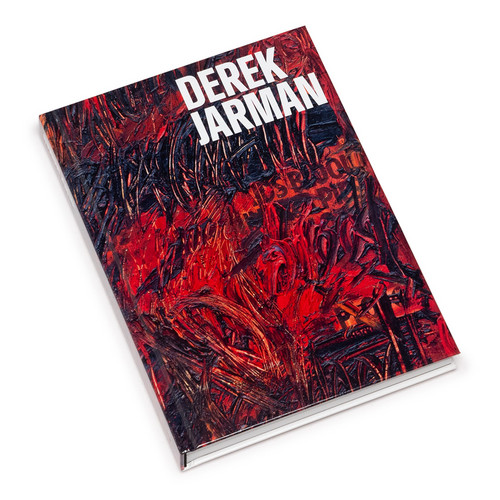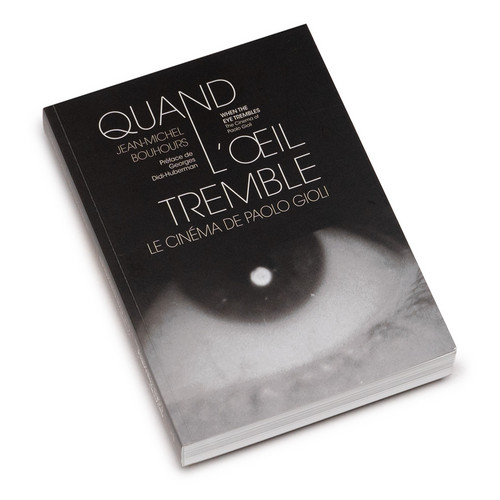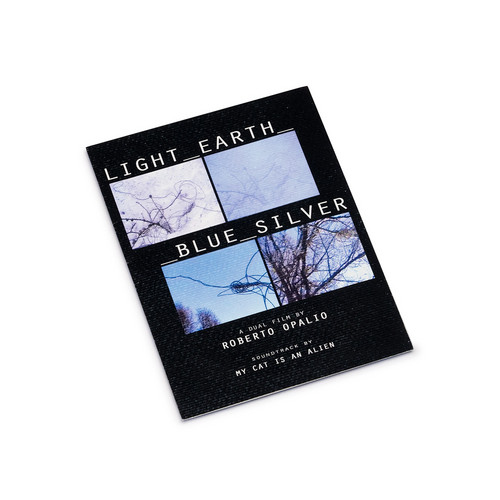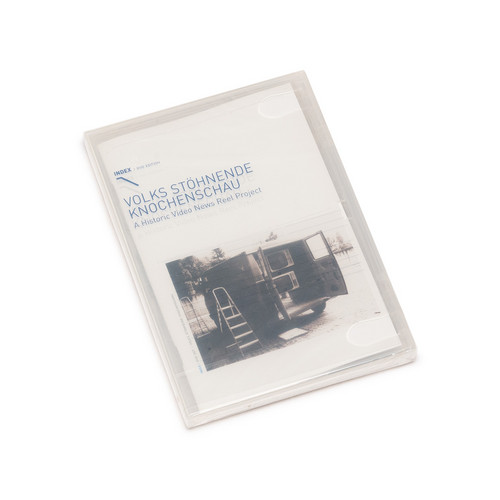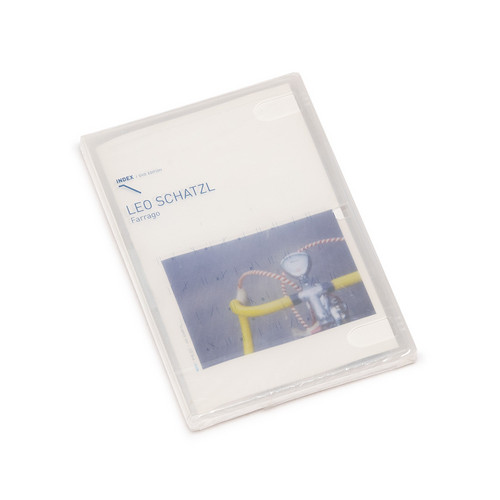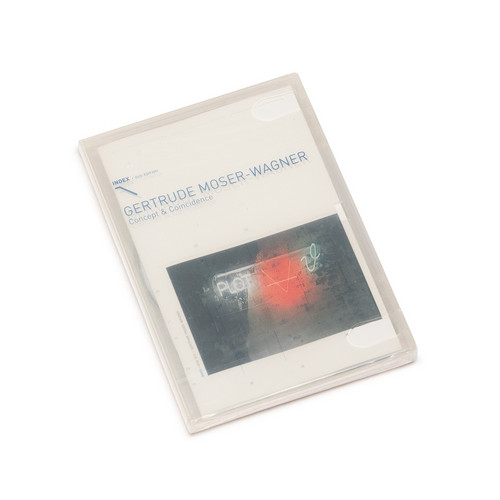Derek Jarman
English Language Edition A tribute to Derek Jarman manifold and vital practice. Gathering together newly commissioned essays by international art critics and scholars devoted to specific—and sometimes lesser-known—aspects of the artist's life and work and extensive portfolios spanning his successive bodies of works, this monograph offers an accessible overview of Derek Jarman, one of the legendary cultural figures of the second half of the 20th century. Conceived as a reader, this volume includ…
Quand L'Oeil Tremble - Le Cinéma De Paolo Gioli (Book)
BIlingual Edition (French and English) Paolo Gioli (1942-2022), a central figure in the Italian experimental cinema of the 70s, developed, from his initial training as a painter, a body of work of over thirty films between 1969 and 2017, that parallel and intersect with his internationally acclaimed photographic work. Gioli's eminently “savage” approach to filmmaking, developed with limited resources, offers us a composite visual universe of fragments, but also “cinema-effects” in their natural…
Light_Earth_Blue_Silver
This "cinematic poetry" dual film by Roberto Opalio was shot in January 2005 in a remote location of Italy's Western Alps, using a 8mm cassette handheld cine camera. In April 2005 a first version was premiered at The Sage Gateshead (Newcastle) and at CCA: Centre for Contemporary Arts (Glasgow) during My Cat Is An Alien's live performances. The final editing was made in 2008, adding an original soundtrack by My Cat Is An Alien. This version has been published in a DVD+CD set in 2009 by American l…
A Historic Video News Reel Project
A quaint and grandiose series of short reportage – Volks stöhnende Knochenschau – produced in 1980 by video artists from the inner and outer circle of the Medienwerkstatt Wien, a time shift into another world.
Facts for Fiction / Parco delle Rimembranze
Whether he is working in the so-called documentary or so-called fictional mode, with 16mm, 35mm or high-8-video: for Pilz the central issue is our perception and the film or video is a disposition, a condition for the temporal and spatial organization of a reflection. This refers in the first instance to the mere listening and observing, but also to an intuitive sense for encounters with people, for their ways of dealing with the space within which they move and the things that surround them. Th…
Travelling Light
Lisl Ponger's photographic and cinematic work investigates the circumstances of places and their territorial occupation by the camera, the acquisation of images, the function of photographic and cinematic representation, and the presentation of cultural values. Her works are characterized by that which is no longer present, which refers to that which is already absent. This is a latent component of each of her images and at the same time the particular political stance of her works.
Farrago
The subversive, ironic analysis of systems of social control; pseudo-scientific technical experiments, for example with objects of daily use; and the “manipulation” of our visual habits with the help of technical apparatus – these are central aspects of artistic work of Leo Schatzl.
Concept & Coincidence
With her characteristic consistency Gertrude Moser-Wagner has viewed her work as a sculptress in the conceptual tradition – even at a time when other approaches were more in the limelight. She uses very precise artistic stategies, such as the transferral from one context to another, the strategy of declaring something-to-be-art, of making the spectator aware of processes, changes over the time or the ambiguity of objects and shapes.
